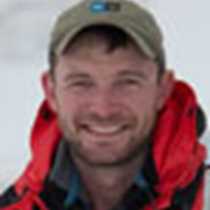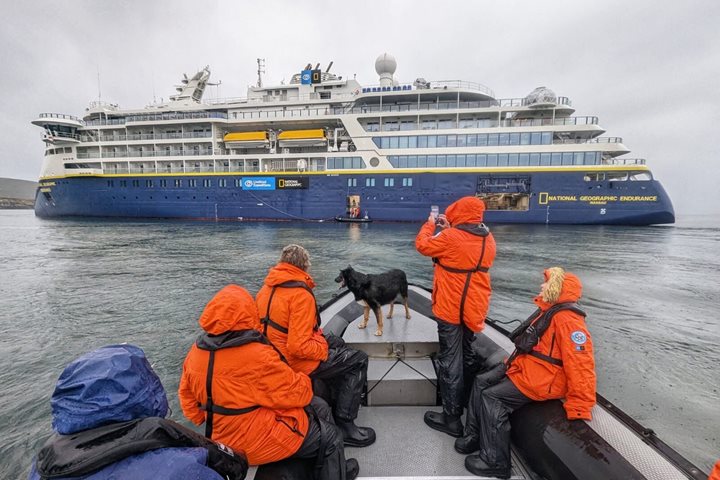The phrase “empty horizon” rings rather hollow here in the Drake Passage. As if the horizon needs something terrestrial or manmade to fill it. As if the Southern Ocean’s endless windswept waves aren’t enough to utterly captivate any viewer. As we push closer to the Antarctic continent, we see waves that evoke wonder and awe—and maybe a tinge of anxiety. This is not a particularly new interest, as waves feature prominently in many stories. In Greek mythology, Poseidon, the god of the sea, created horses from the ocean’s crests of foam. Perhaps this gives deeper meaning to the phrase, “ride the wave.”
As we cut across this tumultuous seascape in our trusty vessel, we rise and fall with peaks and valleys of water. There are others travelling on very different currents. Albatrosses majestically glide upon the wind with such ease that it is veritably hypnotic. These birds are adapted to conditions that have been the bane of many human maritime voyages; they do not need to flap their wings for days at times. They are even able to sleep in the air as they head out in search of food in the productive waters.
It is a true privilege to share this space and environment, even fleetingly, with animals that call the polar regions home. For so many people, penguins and albatrosses are just words in a book or in an expedition report, but we are headed south into the icy domain of the frozen continent. In this place, legendary locations from stories become everyday experiences. We are able to spend more than a week in the height of comfort in one of the most inhospitable parts of the planet. We will see things that might seem more mythical than factual, like birds that fly under water and icebergs as big as city blocks. In crossing this body of water, we enter into another world. To quote Robert Cushman Murphy, we “now belong to a higher cult of mortals, for [we] have seen the albatross!”







